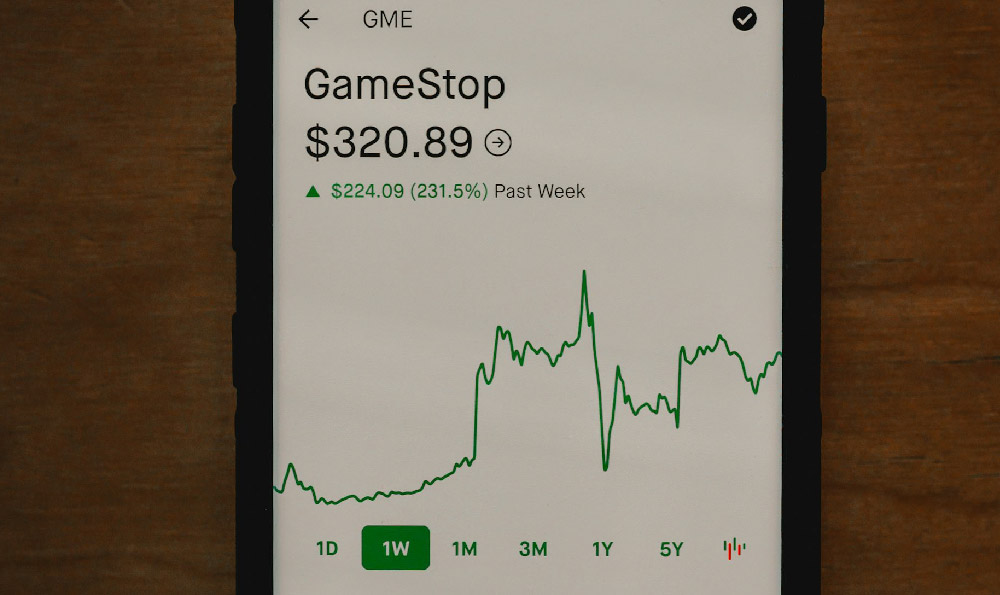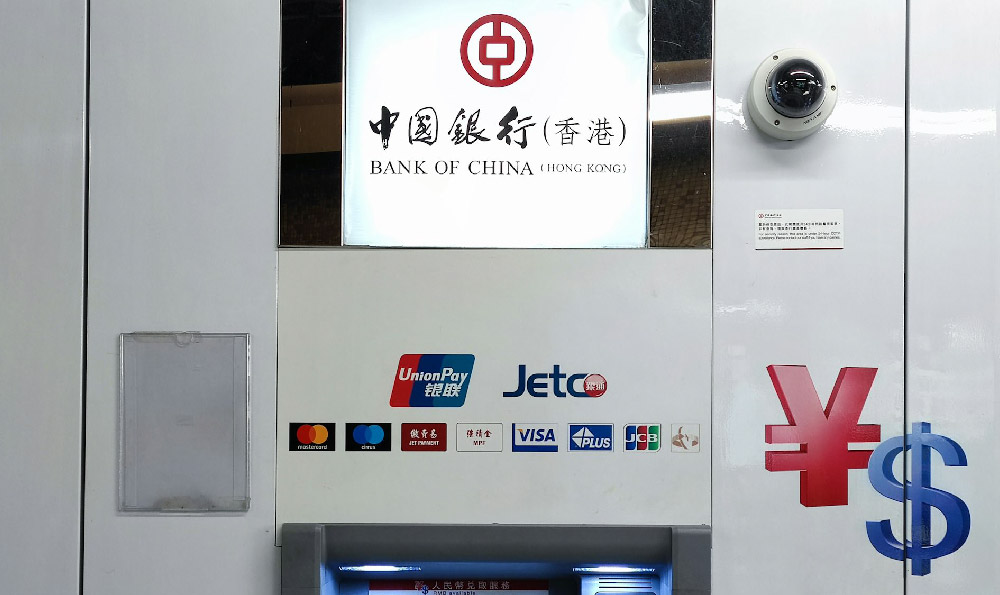Roblox has emerged as a powerful platform for developers to monetize their creativity and engage with a global community of players, offering a unique blend of entertainment and financial opportunity. Unlike traditional game development models that rely on upfront purchases or subscription fees, Roblox developers leverage a dynamic ecosystem that combines in-game transactions, advertising, and strategic partnerships to generate revenue. This multifaceted approach allows creators to diversify their income streams while maintaining a balance between user engagement and profitability. Understanding the intricacies of these monetization strategies is essential for developers aiming to maximize their earnings and sustain long-term growth.
One of the most prevalent methods for Roblox developers is in-game purchases, which enable players to buy virtual items such as clothing, accessories, and accessories that enhance their in-game experience. These items are often designed to be customizable and visually appealing, encouraging players to spend money on personalizing their avatars or improving their gameplay. Developers can create these items using Roblox's asset store, which provides access to a wide range of tools and resources, or by designing unique content from scratch. The success of this strategy hinges on understanding player preferences, creating items that offer value, and avoiding over-saturation of the market. For instance, a developer might offer limited-time themed outfits during holidays or special events to drive demand. However, there are potential risks associated with this model, including the need to continuously innovate to stay relevant and the possibility of player fatigue if the same items are sold repeatedly.
Another key avenue for monetization is advertising, which allows developers to earn money by monetizing their game's audience. Roblox offers a variety of ad formats, including static banners, video ads, and incentivized ads, which can be integrated into games to generate revenue without requiring direct payment from players. Incentivized ads, for example, reward players with in-game currency or items for watching advertisements, creating a win-win scenario for both developers and players. The effectiveness of this approach depends on factors such as game engagement, ad placement, and the ability to maintain a seamless user experience. Developers must carefully calibrate ad frequency to avoid annoying players, which could lead to decreased retention and negatively impact overall revenue. Additionally, the competitive nature of the platform means that developers must differentiate their advertising strategies from others to ensure visibility and effectiveness.

Subscriptions and memberships represent a more structured way for developers to generate recurring revenue, as they allow players to pay a fee for exclusive access to premium content or features. This model is particularly beneficial for developers who offer a consistent stream of new items or experiences, as it provides a predictable income source. Subscriptions can be implemented through various methods, including offering a premium experience that includes exclusive virtual goods, personalized content, or early access to new features. The success of this strategy requires building a loyal player base that values the exclusivity and quality of the developer's offerings. However, the challenge lies in maintaining the perceived value of the subscription, as players may opt out if the content or features do not justify the cost. Developers must also manage the expectations of both free and paying players to ensure a balanced ecosystem.
In addition to these primary strategies, Roblox developers can explore alternative revenue streams such as partnerships with brands, affiliate marketing, and even creating their own virtual currency. Collaborations with brands allow developers to leverage their audience for marketing purposes, often resulting in revenue through sponsorships or branded content. Affiliate marketing involves promoting third-party products or services within the game, earning a commission for each sale or referral generated. Creating a custom virtual currency can further enhance monetization opportunities, as it allows developers to design a unique economy within their game that encourages players to spend real money to obtain virtual currency. These strategies require careful planning and execution to avoid conflicts with Roblox's policies and to maintain a positive user experience.
The financial success of Roblox developers is closely tied to their ability to adapt to market trends, engage with their audience, and continuously improve their content. Factors such as game design, marketing strategies, and player retention play a critical role in determining the profitability of a Roblox experience. Developers must also consider the broader financial implications of their monetization choices, including the need to balance short-term gains with long-term sustainability. For example, a strategy that generates high revenue in the short term but leads to player dissatisfaction may result in long-term losses. By combining multiple monetization strategies and focusing on creating a compelling user experience, developers can achieve a more stable and profitable revenue model.
In conclusion, Roblox developers have a diverse array of monetization strategies at their disposal, each with its own set of advantages and challenges. From in-game purchases and advertising to subscriptions and partnerships, the key to success lies in understanding the platform's unique dynamics and aligning monetization approaches with the goals of the developer and their audience. By cultivating a loyal player base, creating high-quality content, and strategically managing their revenue streams, developers can build a sustainable and profitable business on Roblox while contributing to the growth of the platform's ecosystem.












